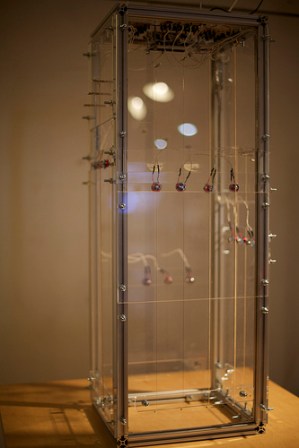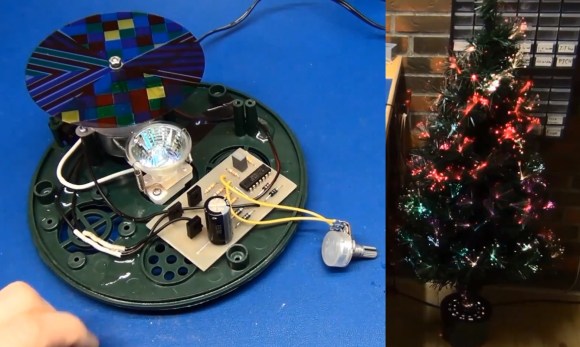
Twenty-two keys, a push button, three flip-switches, and a touch screen all let [Dominic] take his Mech Warrior Online game to the next level. He found that there are so many key bindings in the game it ends up being a huge pain to try to adapt his behavior to a static keyboard layout. Not only does the controller give him a specialized keypad, but he designed the touch screen interface to act as on-the-fly remapping. It even looks like something that would be mounted in a Battle Mech cockpit! What we can’t understand is why he didn’t tell us about this sexy peripheral hack much sooner?
What finally prompted him to tip us off about his project was the Fubarino Contest. Above you can see the easter egg he added to the controller. When the bottom five buttons on the touch screen are mapped to “31337” (aka “elite) the Teensy 3.0 board that drives the controller will automatically load up Hackaday in his browser.
This is an entry in the Fubarino Contest for a chance at one of the 20 Fubarino SD boards which Microchip has put up as prizes!
Continue reading “Fubarino Contest: Custom Mech Warrior Online Controller”

















